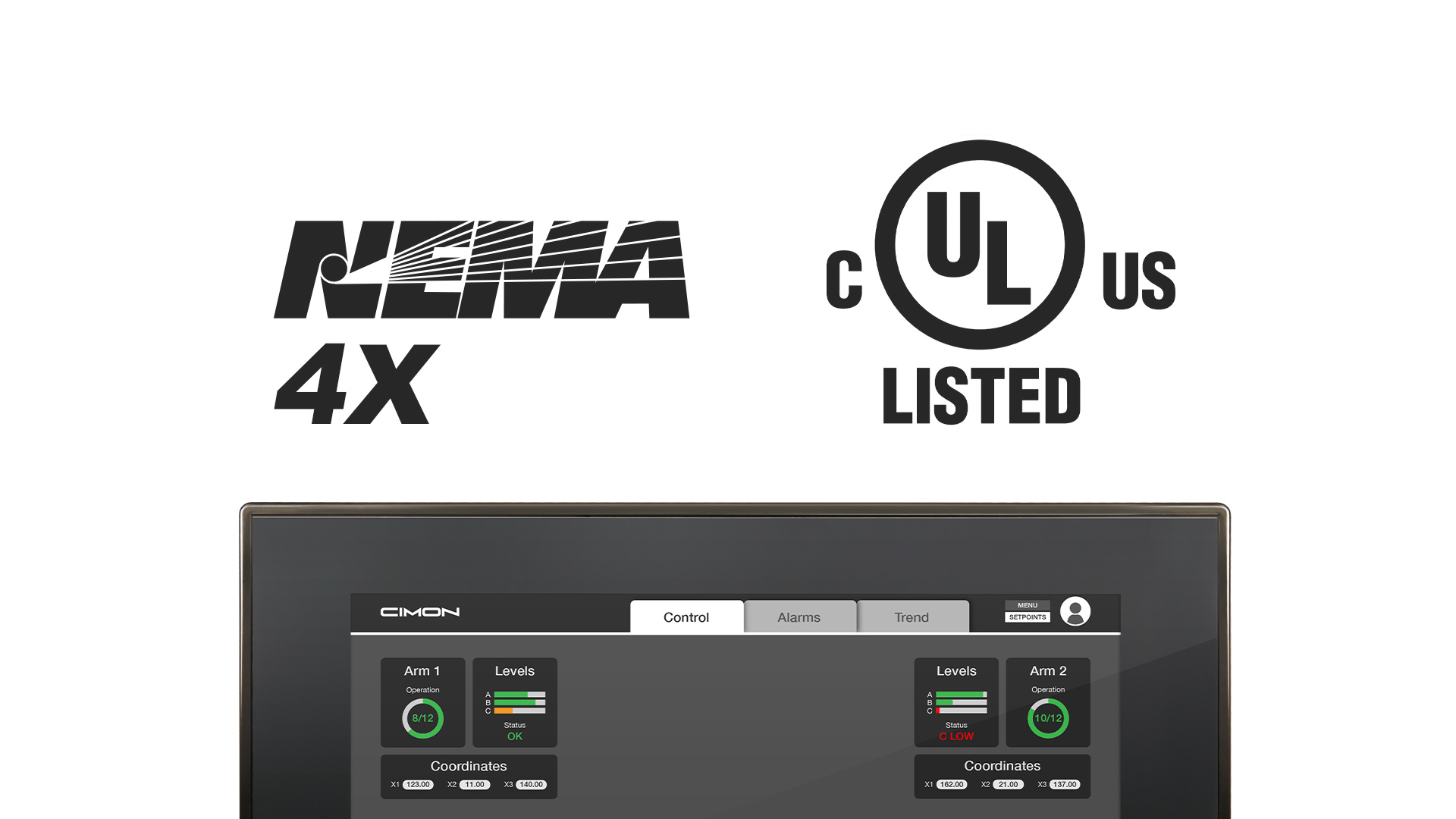Why OPC UA is Essential for Smart Industrial Communication

Overview
Open Platform Communications, more commonly known as OPC, has introduced a new, refined communication protocol to replace its original Classic protocol. The Classic version of the protocol had the design goals of having functional equivalence, platform independence, security, scalability, and comprehensive information modeling. While remaining a machine-to-machine communication protocol, the new protocol — Unified Architecture (UA) — improves upon the Classic protocol by retaining all its original design goals while adding features like discovery, address space, on-demand data transfer, subscriptions, events, methods, and more. This client-server model lets users seamlessly communicate between devices through a common protocol.
Features
One of the main benefits of using the OPC UA protocol is that, with its embedded Classic goals of functional equivalence and platform independence, it uses the same Microsoft Windows COM/DCOM (Distributed Component Object Model). OPC UA also allows the use of OPC UA Certificates; these enable secure communication between devices by encrypting messages using public and private keys. This ensures that, even if an unauthorized device intercepts a message, the encryption keeps the communication safe.
OPC UA uses a publish-subscribe model, which also allows for ease of receiving information regarding when a specific event occurs based on what the client specifies to be notified about. Clients can use subscription or event filtering to specify the types of events they want to monitor. OPC UA is also an expandable communication protocol, allowing the ease of adding more clients to a server without putting too much strain on the server. The protocol also supports a request-response model, where clients can request specific information from the server when needed, rather than relying solely on automatic updates.
Role in Industrial Automation
OPC UA provides industrial automation with a standard communication protocol that allows communication with devices and systems of different vendors and seamless communication of important information. It enhances security by utilizing public and private key encryption, safeguarding sensitive information shared within a facility. OPC UA allows for real-time monitoring of devices within a facility due to the publish-subscribe model, allowing subscriptions to be notified when specific events occur. Facilities can add more devices to the OPC UA network without overloading it. New devices can integrate quickly and begin receiving required information seamlessly.
How does CIMON use it?

CIMON integrates the OPC UA client and server protocols into its nXT and eXT HMIs. These devices can be configured to use these protocols through the designer software Canvas. Canvas will allow users to set the HMI as an OPC UA Client or an OPC UA Server.
Conclusion
OPC UA is a machine-to-machine communication protocol that improves upon the Classic OPC protocol by retaining its original features while expanding its functionality. With robust security through private and public key encryption, OPC UA ensures data remains secure and unreadable by unauthorized parties. OPC UA allows seamless communication between devices from different vendors to keep data consistent between all devices.

 By
By


